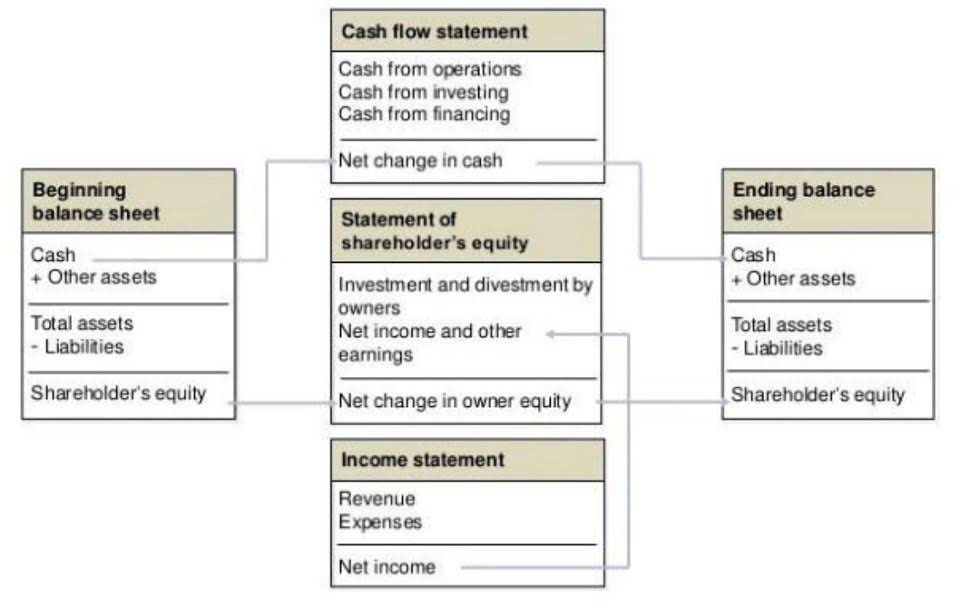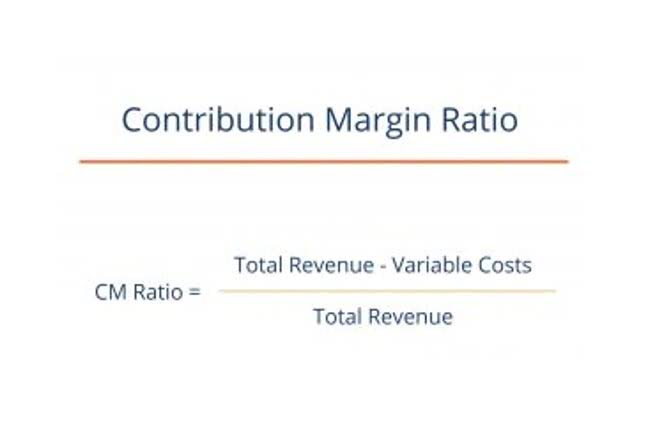
Essentially, the representation equates all uses of capital (assets) to all sources of capital, where debt capital leads to liabilities and equity capital leads to shareholders’ equity. Mastering equations in accounting is crucial for any accountant or finance professional. They provide the framework for understanding a company’s financial health and ensure that all financial transactions are accurately documented and reported. Accounting equations help ensure the accuracy and integrity of financial data. They also play a significant role in audits and financial reviews, where ensuring the accounts balance is a critical task.
Impact on Financial Statements

The income and retained earnings of the accounting equation QuickBooks is also an essential component in computing, understanding, and analyzing a firm’s income statement. This statement reflects profits and losses that are themselves determined by the calculations that make up the basic accounting equation. In other words, this equation allows businesses to determine revenue as well as prepare a statement of retained earnings. This then allows them to predict future profit trends and adjust business practices accordingly. Thus, the accounting equation is an essential step in determining company profitability. Understanding accounting equations is also key to applying accounting principles such as consistency, conservatism, and accrual basis accounting.
- Solving accounting equations requires understanding the relationship between different components, such as assets, liabilities, and equity.
- The global adherence to the double-entry accounting system makes the account-keeping and -tallying processes more standardized and foolproof.
- In the accounting equation, every transaction will have a debit and credit entry, and the total debits (left side) will equal the total credits (right side).
- These equations help accountants track assets, liabilities, and equity to maintain accuracy in financial reports.
- The accounting equation plays a significant role as the foundation of the double-entry bookkeeping system.
- It can be defined as the total number of dollars that a company would have left if it liquidated all of its assets and paid off all of its liabilities.
Adjusting Entries
- They provide the framework for understanding a company’s financial health and ensure that all financial transactions are accurately documented and reported.
- These are some simple examples, but even the most complicated transactions can be recorded in a similar way.
- If it’s financed through debt, it’ll show as a liability, but if it’s financed through issuing equity shares to investors, it’ll show in shareholders’ equity.
- Equations in accounting are essential tools for managing financial data and ensuring that all accounts balance correctly.
It is used to transfer totals from books of prime entry into the nominal ledger. Every transaction is recorded twice so that the debit is balanced by a credit. For a company keeping accurate accounts, every business transaction will be represented in at least two of its accounts. For instance, if a business takes a loan from a bank, the borrowed money will be reflected in its balance sheet as both an increase in the company’s assets and an increase in its loan liability.
Importance of Accounting Equations

Since the balance sheet is founded on the principles of the accounting equation, this equation can also be said to be responsible for estimating the net worth of an entire company. The https://www.bookstime.com/ fundamental components of the accounting equation include the calculation of both company holdings and company debts; thus, it allows owners to gauge the total value of a firm’s assets. The fundamental accounting equation, also called the balance sheet equation, is the foundation for the double-entry bookkeeping system and the cornerstone of accounting science. In the accounting equation, every transaction will have a debit and credit entry, and the total debits (left side) will equal the total credits (right side).

The global adherence to the double-entry accounting system makes the account-keeping and -tallying processes more standardized and foolproof. Debt is a liability, whether it is a long-term loan or a bill that is due to be paid. Accounts receivable list the amounts of money owed to the company by its customers for the sale of its products.

- Because there are two or more accounts affected by every transaction carried out by a company, the accounting system is referred to as double-entry accounting.
- The key is ensuring that the accounting equation stays balanced after every transaction.
- Essentially, the representation equates all uses of capital (assets) to all sources of capital, where debt capital leads to liabilities and equity capital leads to shareholders’ equity.
- Although the balance sheet always balances out, the accounting equation can’t tell investors how well a company is performing.
- Assets represent the valuable resources controlled by a company, while liabilities represent its obligations.
- As a core concept in modern accounting, this provides the basis for keeping a company’s books balanced across a given accounting cycle.
The accounting equation is a concise expression of the complex, expanded, and multi-item display of a balance sheet. This number is the sum of total earnings that were not paid to shareholders as dividends. Think of retained earnings as savings, since it represents the total profits that have been saved and put aside (or “retained”) for future use. The accounting equation is fundamental to the double-entry bookkeeping practice. The major and often largest value assets of most companies are that company’s machinery, buildings, and property. Assets include cash and cash equivalents or liquid assets, which may include Treasury bills and certificates of deposit (CDs).
Key Takeaways
This straightforward relationship between assets, liabilities, and equity is considered to be the foundation of the double-entry accounting system. That is, each entry made on the debit side has a corresponding entry (or coverage) on the credit side. The accounting equation states that a company’s total assets are equal to the sum of its liabilities and its shareholders’ equity. In double-entry bookkeeping, every transaction has an equal and opposite effect on at least two accounts.
What Is Shareholders’ Equity in the Accounting Equation?
Assets represent the valuable resources controlled by a company, while liabilities represent its obligations. Both liabilities and shareholders’ equity represent how the assets of a company are financed. If it’s financed through debt, it’ll show as a liability, but if it’s financed through issuing equity shares to investors, it’ll show in shareholders’ equity. A company’s quarterly and annual reports are basically derived directly from the accounting equations used in bookkeeping practices. These equations, entered in a business’s general ledger, will provide the material that eventually makes up the foundation of a business’s financial statements. This includes expense reports, cash flow and salary and company investments.

However, due to the fact that accounting is kept on a historical basis, the equity is typically not the net worth of the organization. Often, a company may depreciate capital assets in 5–7 years, meaning that the which of the following correctly expresses the accounting equation? assets will show on the books as less than their “real” value, or what they would be worth on the secondary market. These are some simple examples, but even the most complicated transactions can be recorded in a similar way. It can be defined as the total number of dollars that a company would have left if it liquidated all of its assets and paid off all of its liabilities. The accounting equation is also called the basic accounting equation or the balance sheet equation.